Wavelength Division Multiplexing (WDM) is a technique in fiber optic transmission for using multiple light wavelengths to send data over the same medium. Two or more frequencies of light can travel along one fiber, and multiple signals transmit in an optical waveguide at different wavelengths.
Fiber-optic transmission systems on the early stage load information to glass fiber with simple light pulses. The "on and off" of the light represents "0" and "1" in digital world. Basically, from roughly 670nm to 1550nm, the light can be of any wavelength.
Fiber optical communications modems used low-cost LEDs to put near-infrared pulses onto low-cost fiber in the 1980s. The demand for information began to increase afterwards, so did the needs for data bandwidth. Early systems delivered 155 Mbps data streams over very long distances with 1310 nm lasers solution. However, the capacity was quickly exhausted. Advances in optoelectronic components over the years afterwards allowed the design of systems that simultaneously transmitted multiple wavelengths of light over a very single fiber, so as to increase fiber capacity greatly. WDM was then brought to applications. Multiple high-bit-rate data streams of 10 Gbps, 40 Gbps, 100 Gbps, 200 Gbps, 400 Gbps and more recently 800 Gbps, can be multiplexed to a single optical fiber.
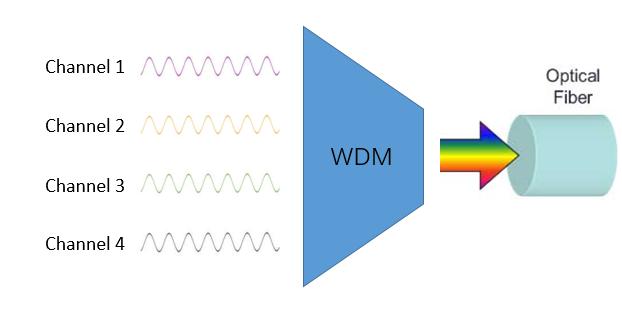
Two types of WDM:
Coarse WDM (CWDM): Generally, CWDM is defined by WDM systems with fewer than eight active wavelengths per fiber. CWDM is used for short reach communications, so it's ok to employ wide-range frequencies with adjacent wavelengths spread far apart. Standardized channel spacing offers room for wavelength drift when lasers' temperature goes up and down during their operation.
Dense WDM (DWDM): DWDM is defined according to frequency. DWDM’s smaller wavelength spacing offers much more channels in a single fiber, while costs more to operate. DWDM is suitable for systems with more than eight active wavelengths over a single fiber.
Vendors have found various techniques for cramming 40, 88, or 96 wavelengths of fixed spacing into the C-band spectrum of a fiber with WDM technology. Networks today with high-bandwidth applications and sustained bandwidth growth that are quickly facing capacity exhaustion turns to C+L-band solutions, which develops the L-band spectrum of a fiber to double the fiber capacity.
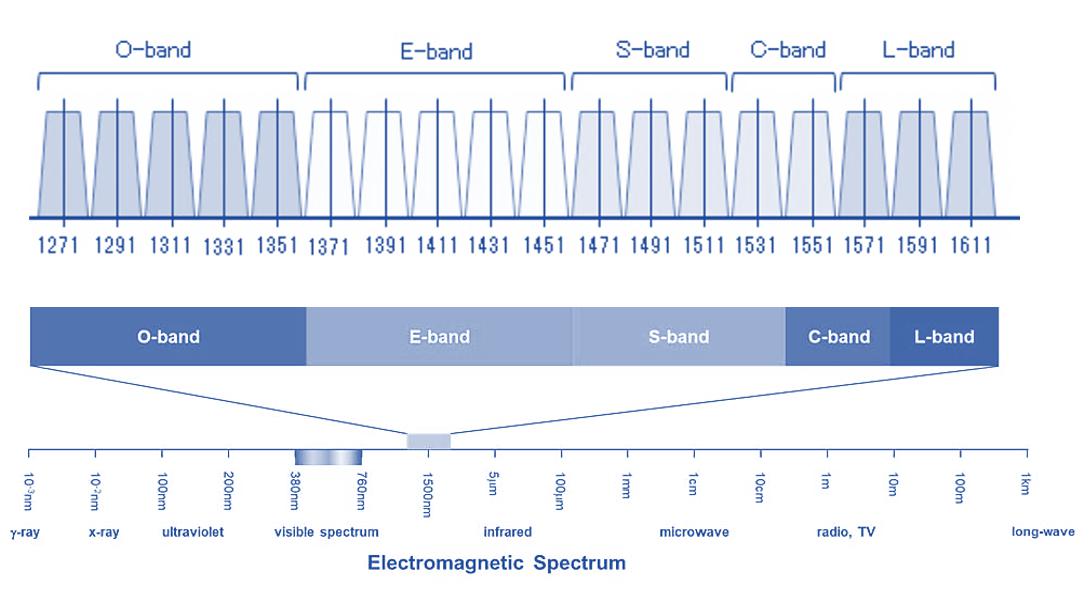
Optical networks evolve quickly to meet ever-increasing bandwidth demands. To take advantage of these benefits fully requires a flexible-grid line system which accommodates these higher-band channels (800G wavelength for example) that require more than 100GHz.
The next-generation coherent modems are smart and programmable that the modem considers a greater variety of band options, and it allows extremely granular tunability.
Boosted by EDF Amplifiers (EDFAs) and Raman amplification, the reach of these DWDM systems can be extended to over thousands of kilometers. Highly precision filters are required to secure a specific wavelength from being interfered by adjacent wavelengths. Also, DWDM systems must use precision lasers that operate at a constant temperature in order to keep channels on target.
One of the outstanding features of deploying DWDM in a flexible grid photonic system is signal independence. Based on which, many networks previously designed for 10Gbps and 40 Gbps are now being able to carry 200 Gbps channels, and many others deployed with flexible grid capability are now carrying 400 Gbps and even 800 Gbps signals.
T&S offers a wide range of solutions to address customer requirements, from the edge to the core, over a flexible range of platforms. Contact info@china-tscom.com for more possibilities.

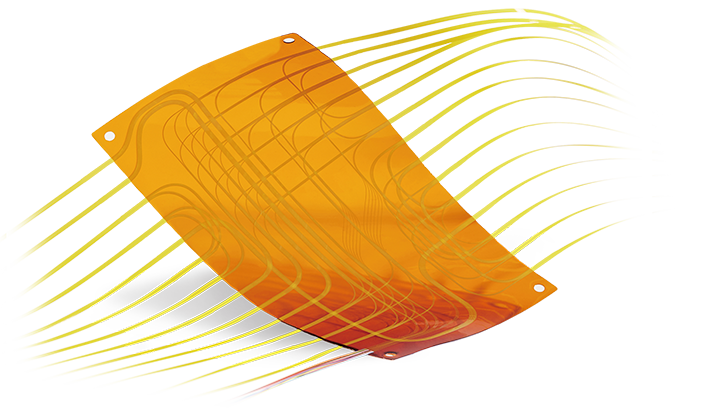 Fiber Optic Flex Circuit (FOFC)
Advanced Simulation & Optimization, High Positioning Accuracy, Flexible Customization, Rigorous Reliability Testing
Fiber Optic Flex Circuit (FOFC)
Advanced Simulation & Optimization, High Positioning Accuracy, Flexible Customization, Rigorous Reliability Testing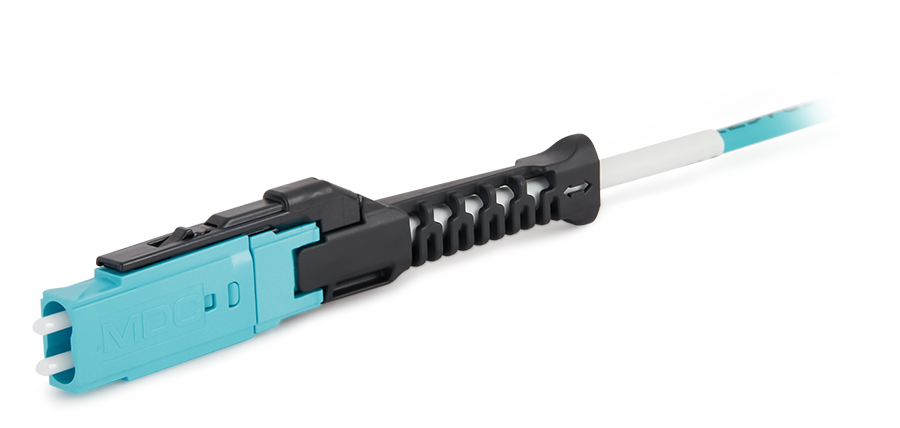 MDC Solution
US Conec's MDC connector is a Very Small Form Factor (VSFF) duplex optical connector, expertly designed for terminating single-mode and multimode fiber cables with diameters up to 2.0mm.
MDC Solution
US Conec's MDC connector is a Very Small Form Factor (VSFF) duplex optical connector, expertly designed for terminating single-mode and multimode fiber cables with diameters up to 2.0mm.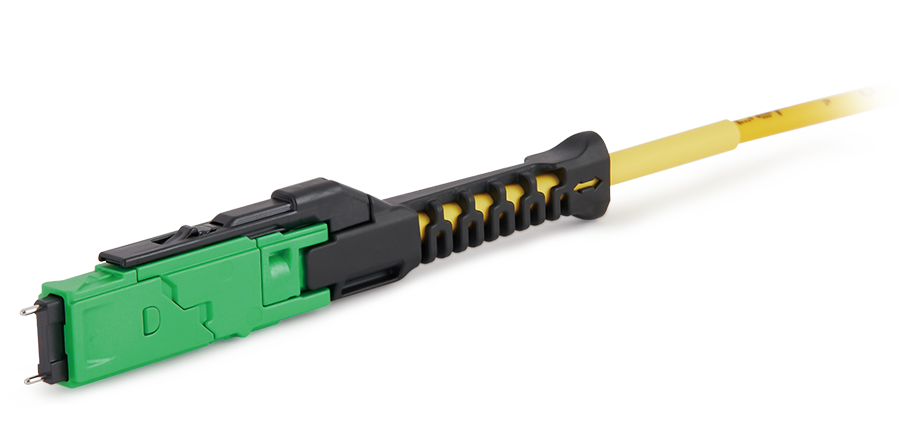 MMC Solution
US Conec's Very Small Form Factor (VSFF) multi-fiber optical connector that redefines high-density connectivity with its cutting-edge TMT ferrule technology and intuitive Direct-Conec™ push-pull boot design.
MMC Solution
US Conec's Very Small Form Factor (VSFF) multi-fiber optical connector that redefines high-density connectivity with its cutting-edge TMT ferrule technology and intuitive Direct-Conec™ push-pull boot design. EN
EN
 jp
jp  fr
fr  es
es  it
it  ru
ru  pt
pt  ar
ar  el
el  nl
nl 




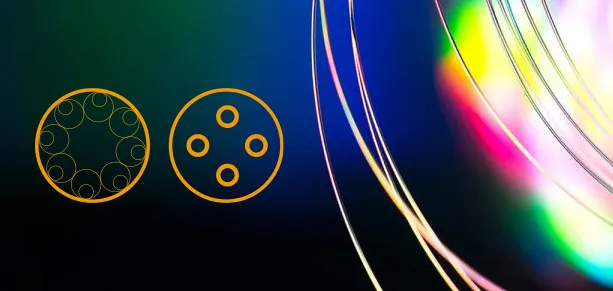
_and_High-Reflection_(HR)_Optical_Coatings.webp)
